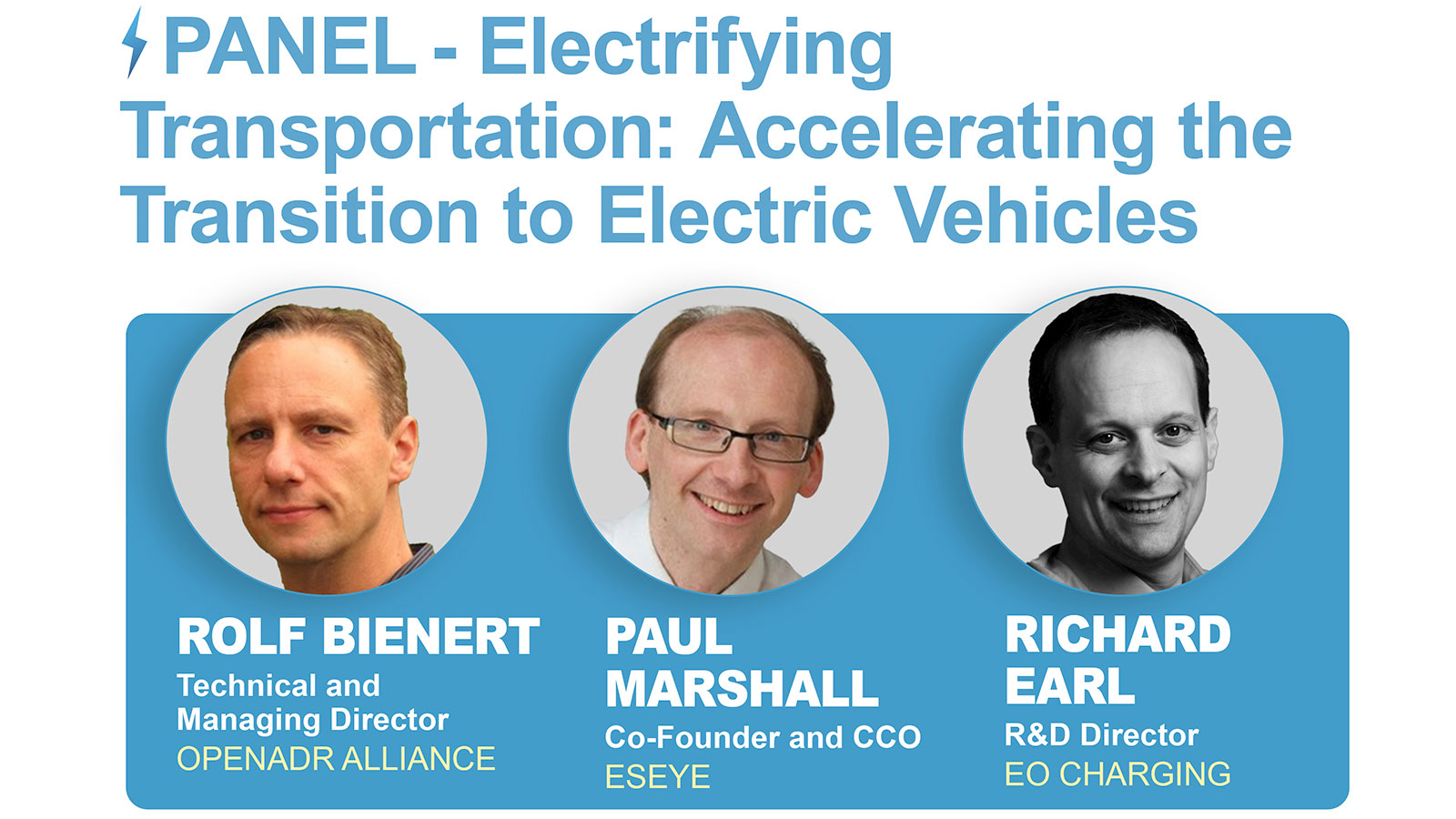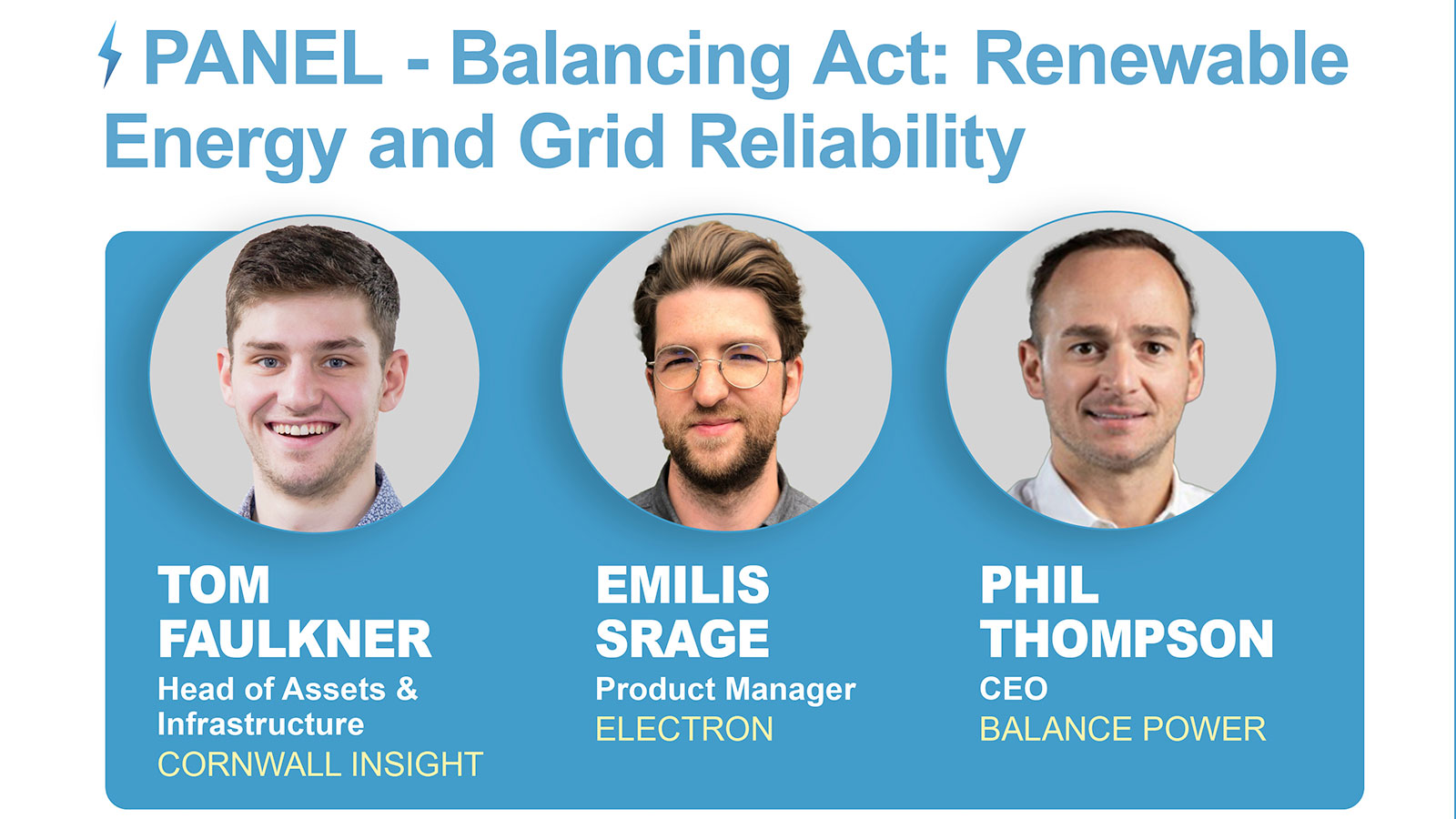The use of connectors in wind turbines faces a unique set of challenges explains Kevin Canham of Harting
Working with wind turbines, ambient conditions such as vibration and air humidity are harsher than in some industrial environments. This applies in particular to wind farms sited in offshore waters – an increasingly important location.
As well as needing to be resistant to these environmental influences, it is important prefabricated components can be assembled quickly and without mistakes on-site. One of the requirements is the time taken to assemble these turbines and take them into operation is kept as short as possible.
Application sectors
Fig.1 shows the key areas where high-quality interconnection is required in a wind turbine:
Pitch control: Almost all modern wind turbines use so-called ‘pitch control’ to regulate speed and power output. Here, the angle between the rotor blades and the wind is changed by rotating them around their longitudinal axis. In this application, components in Harting’s flexible Han-Modular‚ connector series can be freely combined, so that users can configure their own connector. An extensive range of modules is available for electric, optical and gaseous signals.
Connection for slip rings: Slip-ring connectors, which form the electrical interface between the rotating hub and the stationary nacelle, are one of the most maintenance-intensive components in a wind turbine. Thanks to an innovative new type of plug-in coupling developed by Harting and based on Han-Modular‚ contact inserts, the process of replacing slip ring connectors has been simplified, and system downtime has been reduced as a result.
Lighting for wind turbine towers: The size of wind power plants is constantly increasing, enabling higher and more uniform power output to be achieved. International regulations specify that such structures must be equipped with suitable danger and obstruction lights – increasingly based on LEDs – in order to ensure safe and incident-free air traffic. Harting has developed the Han‚ HPR series of housings for applications such as tower lighting where the devices are exposed to harsh environments.
Internal lighting: In order to comply with occupational health and safety requirements, the towers of wind turbines also require full internal illumination, again largely based on LEDs. Lamp housings based on die-cast aluminium enclosures have been developed which are extremely robust and offer sealing with a protection rating of IP 65. Harting supplies the casing, the retaining brackets for installation and the system wiring. The company’s highly capable partners manufacture the special lenses and the circuit board with the LEDs, and they also carry out tests to ensure that the lamps work properly.
Control cabinets: Harting develops, plans and produces customer-specific housing technologies for the control cabinets used in wind power plants. Together with the connector technology and wiring used, the enclosure technology offers a number of benefits to the customer, including modularity, secure plugging with protection against incorrect mating, coding options and power and signal contacts in a single connector housing.
Fibre-optic data transmission: Because of the high currents present in wind turbines and the need to ensure electromagnetic compatibility (EMC), fibre-optic cables are the perfect solution for data transmission between the nacelle and the base of the tower. As well as the choice of suitable cables, the way in which the cables are processed and assembled plays an important role, and Harting offers a range of solutions to address these challenges.
Connection technology for elevators: Various manufacturers now offer small elevators known as ‘service cabins’, which have been specially designed for wind power plants. In this application, Harting’s compact Han‚ 16 B and 10 B connectors are particularly suited to locations where space is at a premium – for example inside the cabin or in the floor of the cabin. Power and control cables can be housed in a single connector housing thanks to the combined contact inserts.
Wind farm network communication: The process of controlling and monitoring wind farms is very data intensive. Typically, communication between the various elements is handled by Ethernet links and Ethernet switches which have to offer a high degree of reliability and operational safety despite being exposed to high temperatures, heavy vibration and strong electromagnetic influences. Thanks to their proven reliability under the toughest of conditions, Harting Ethernet switches have been highly successful with customers in the wind power industry.
As a partner of the wind power industry, Harting is constantly striving to expand the company’s product portfolio and keep offering the ideal solutions for the challenges of tomorrow.
Tel: 01604 827 500
Email: [email protected]
www.harting.co.uk





